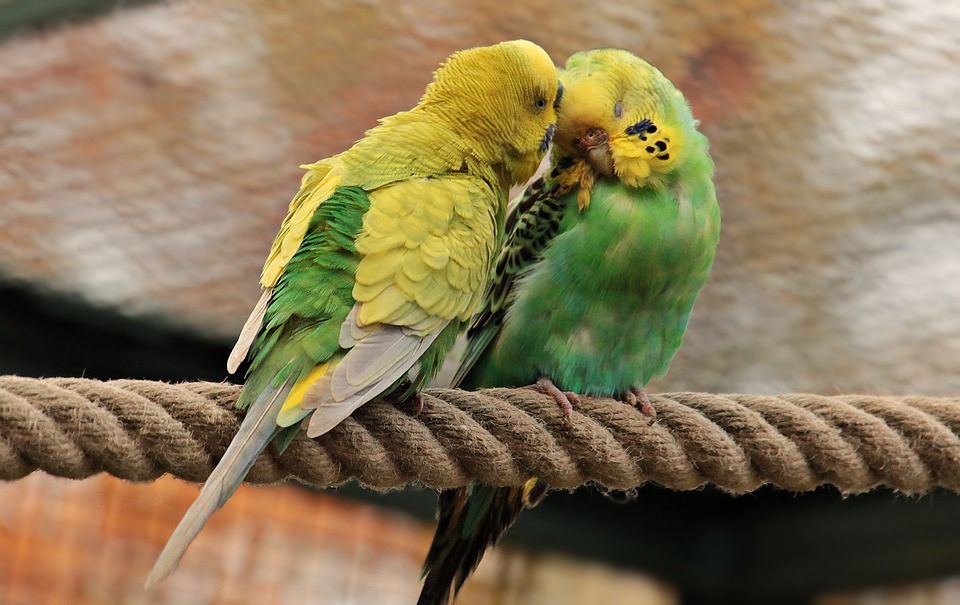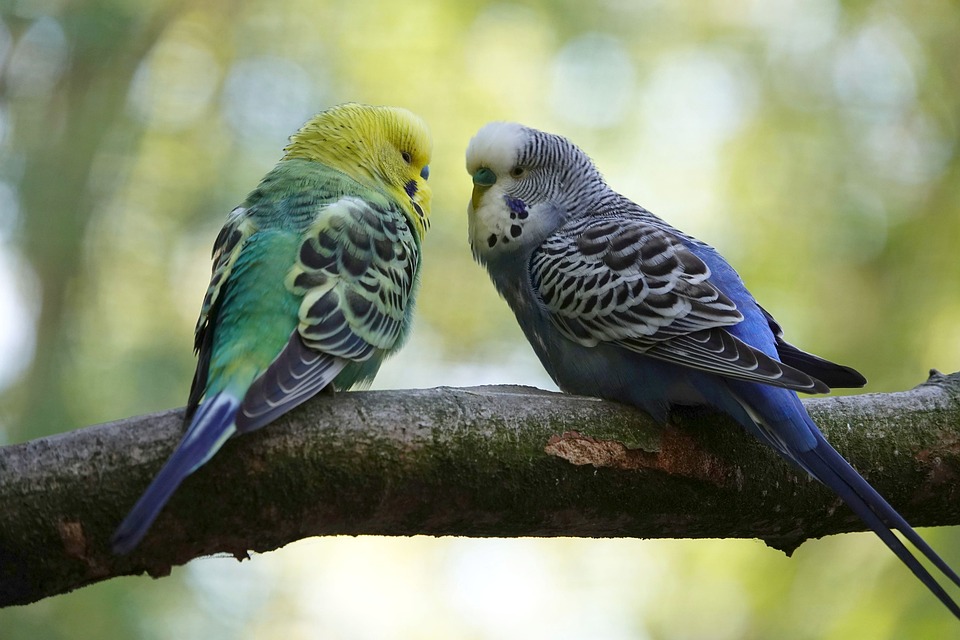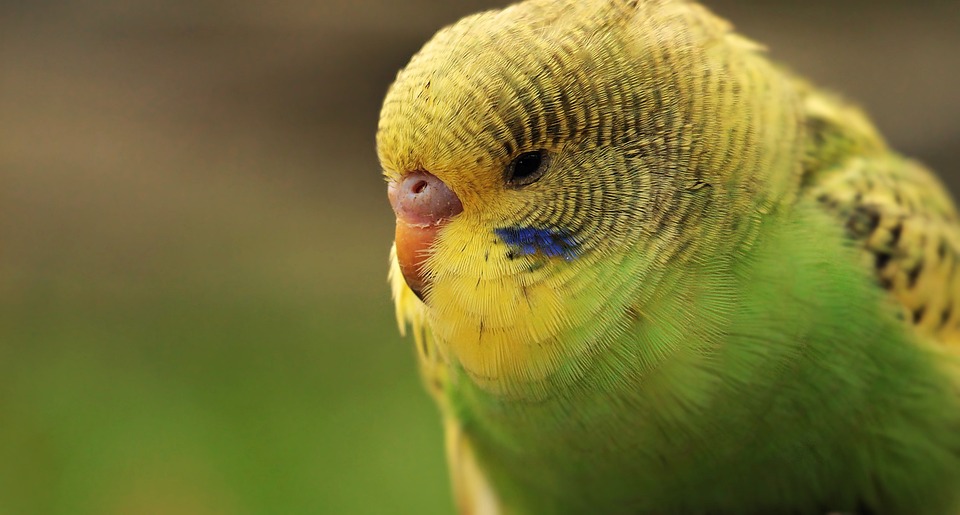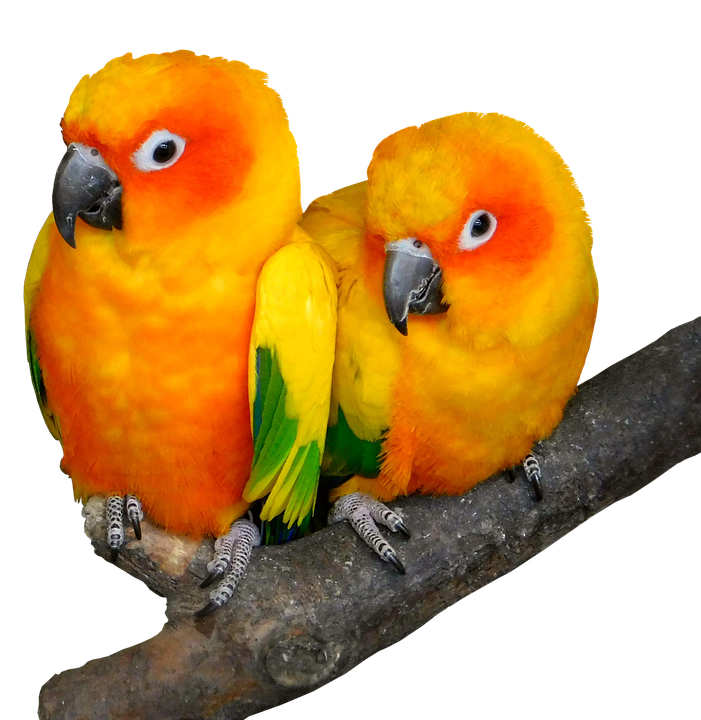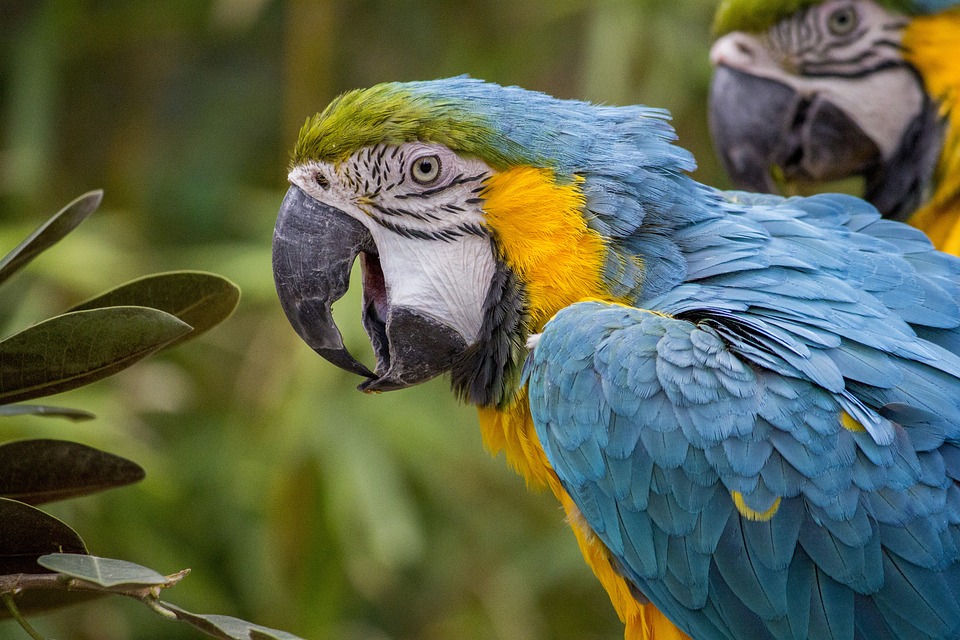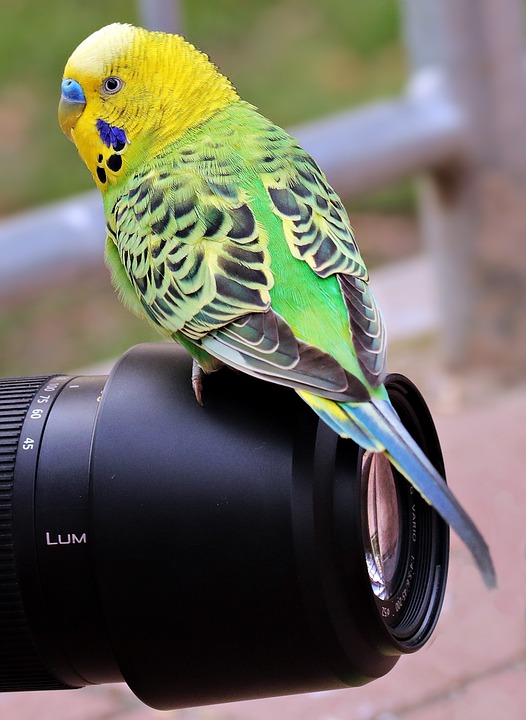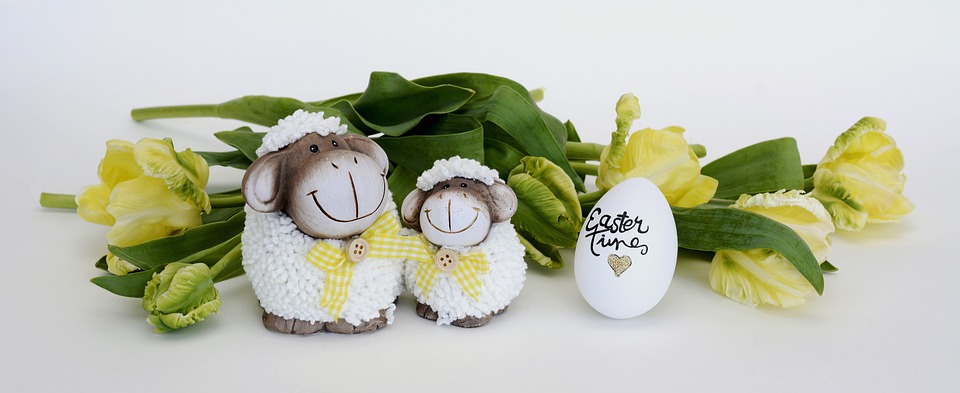Parrots are fascinating creatures that require a deep understanding of their behavior in order to ensure their well-being. One important aspect of their environment that greatly impacts their physical and mental health is the presence of suitable perches and swings. In this article, we will explore the significance of these elements and how they contribute to the overall happiness of our feathered friends.
Proper perches play a crucial role in a parrot’s life as they spend a significant amount of time perched. It is important to provide them with a variety of suitable perching options to promote their well-being. One key aspect is the importance of variety in perches. Parrots thrive when they are exposed to different thicknesses, textures, and materials. This helps exercise their feet, promote proper circulation, and prevent foot-related issues such as bumblefoot.
Using natural, pesticide-free branches as perches is highly beneficial as it mimics a parrot’s natural environment. These branches provide a more authentic and engaging experience for our feathered friends. Additionally, considering the size and shape of perches is crucial to accommodate a parrot’s unique needs. Opting for perches that allow them to comfortably grip while also encouraging natural foot movements is important for their physical health.
Swings are not just a source of entertainment for parrots; they offer numerous benefits that contribute to their overall well-being. Swings provide mental stimulation and physical exercise. The gentle back-and-forth motion engages their senses, promoting a sense of playfulness and preventing boredom. Sitting on a swing also forces parrots to use their core muscles to maintain balance, improving muscle tone, coordination, and overall health. Moreover, swings provide a sense of security and comfort to parrots. The swinging motion can have a calming effect, reducing stress and anxiety.
To ensure the well-being of our parrots, it is important to understand the signs of discomfort or improper perch/swing choices. Some common signs include a parrot consistently avoiding certain perches or swings, red and swollen feet, or frequent loss of balance or slipping off the perch/swing. It is also important to assess the condition of perches and swings regularly and replace them if they become worn, damaged, or if your parrot shows signs of discomfort.
Commercially available perches and swings can be suitable as long as they meet the necessary criteria such as appropriate size, materials, and variety. However, making DIY perches and swings can be a rewarding experience. Just ensure that the materials used are safe, non-toxic, and free from harmful chemicals.
In conclusion, understanding parrot behavior is essential for providing them with a nurturing and enriching environment. By offering a variety of suitable perches and swings, we can promote their physical health, mental stimulation, and overall well-being. It is important to observe your parrot’s preferences and regularly evaluate the condition of their perches and swings to ensure their continued happiness.


